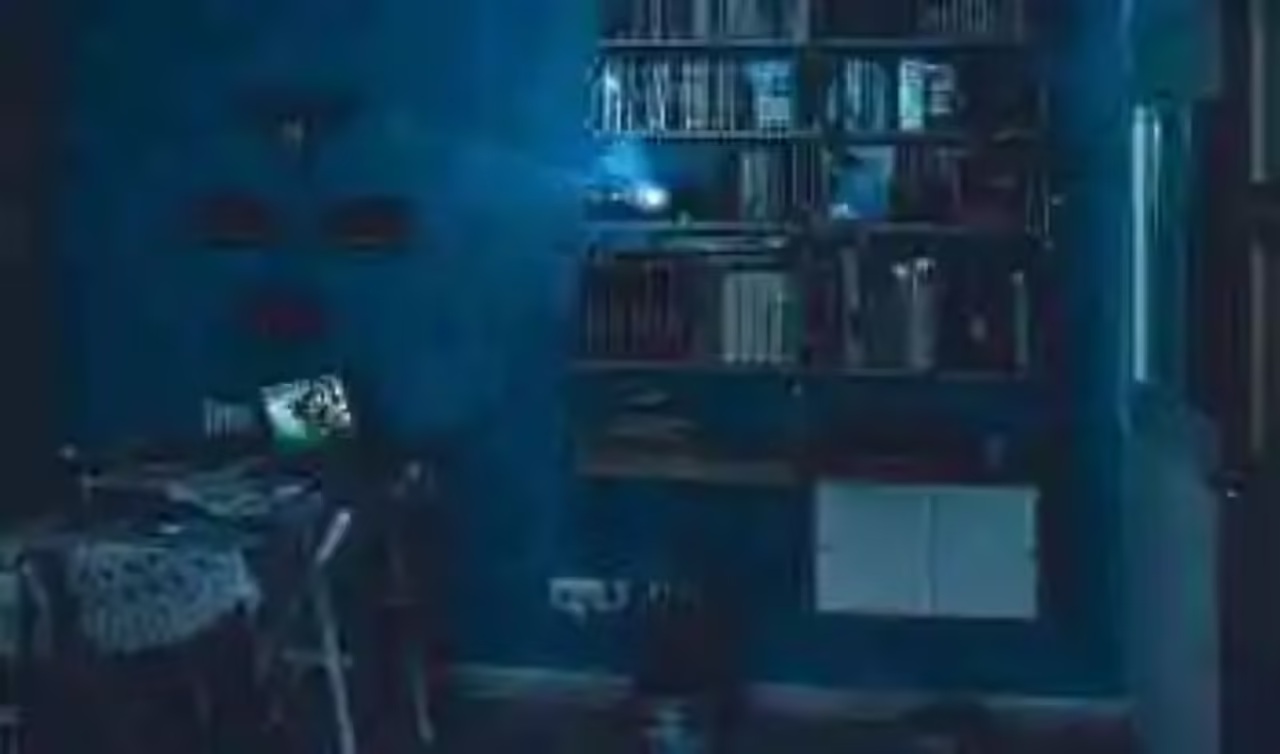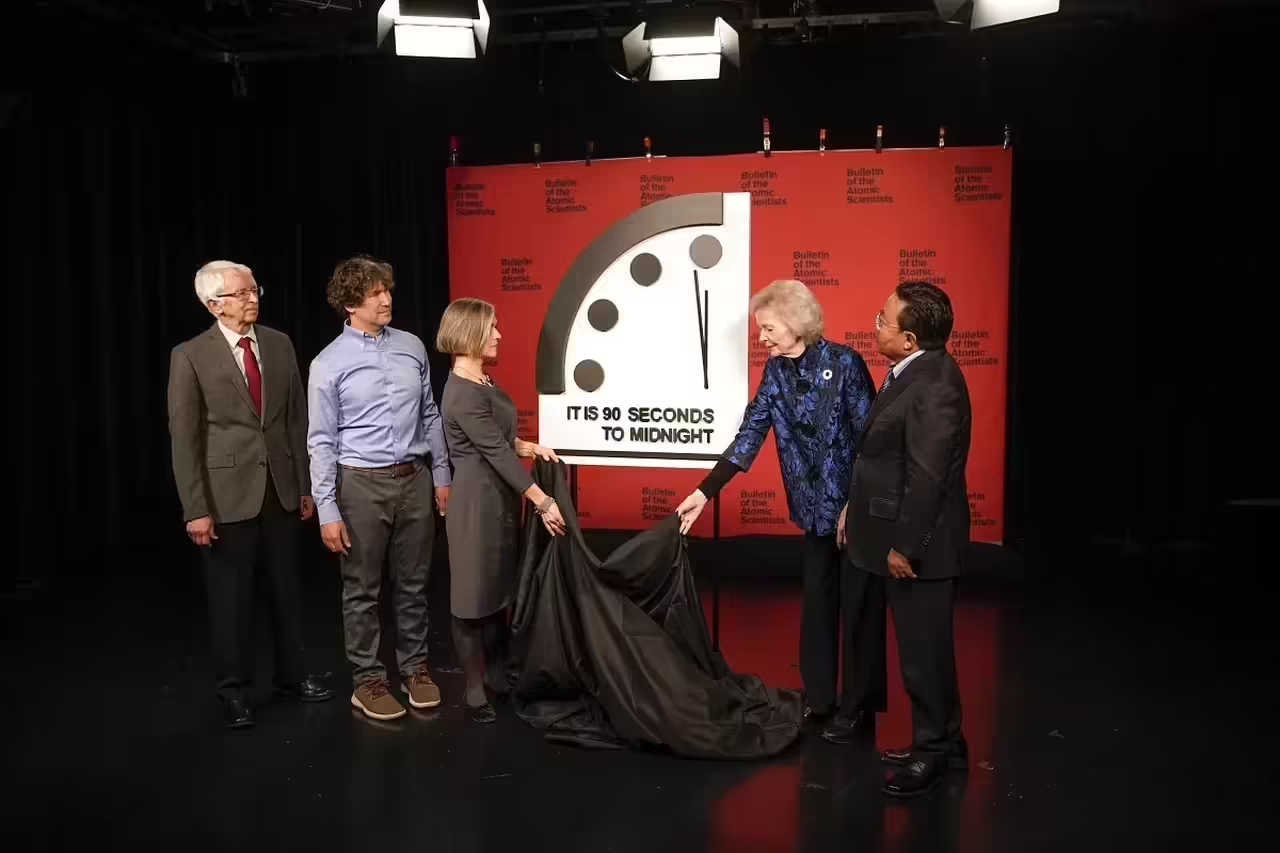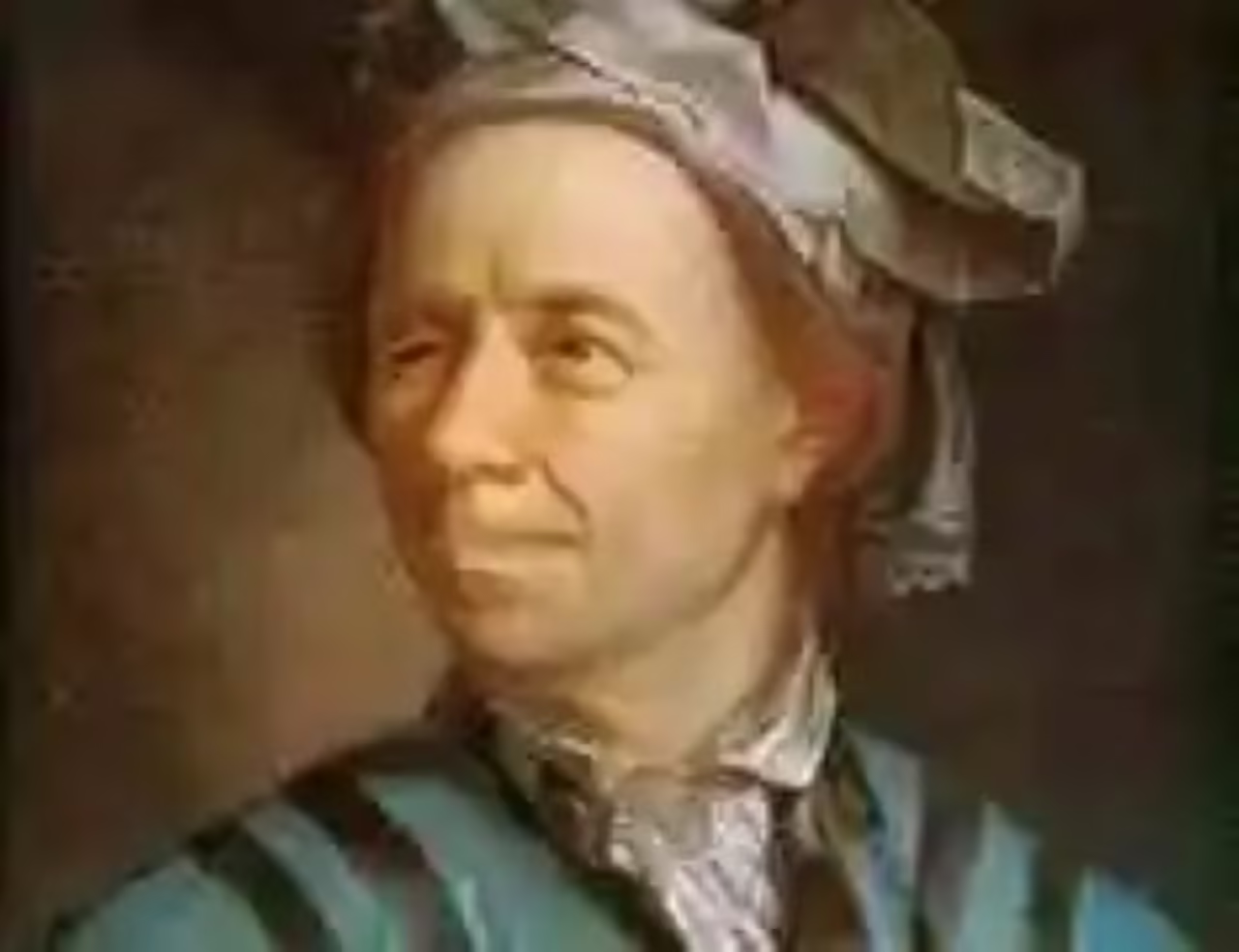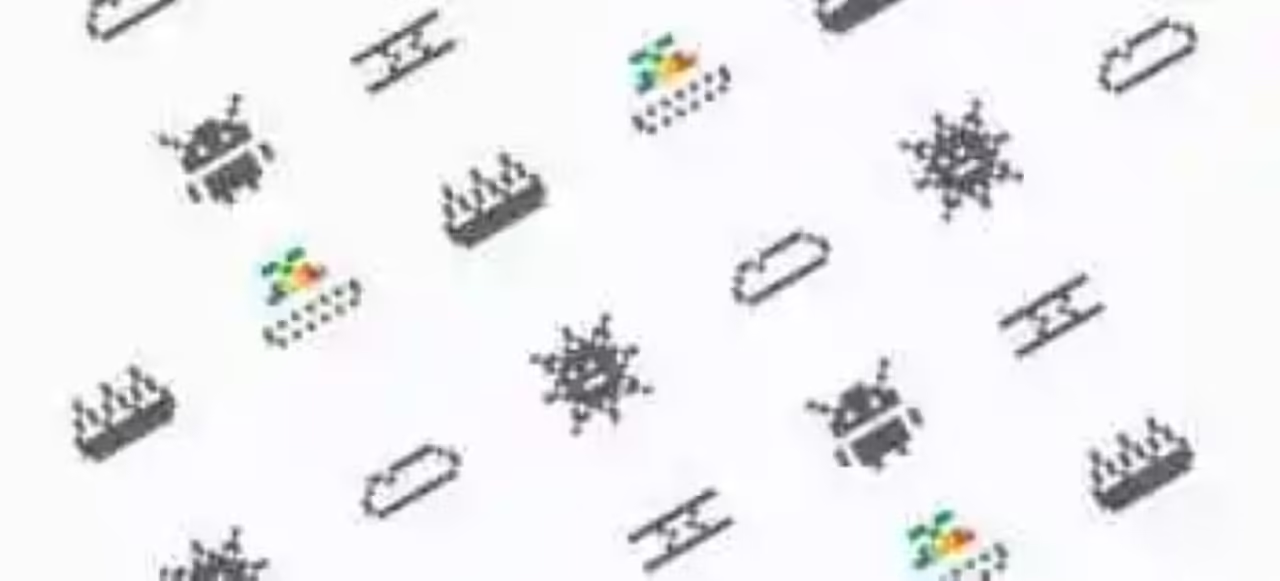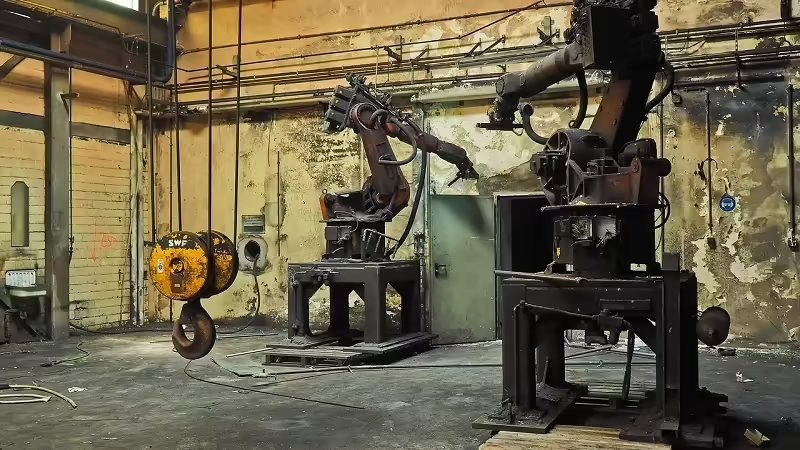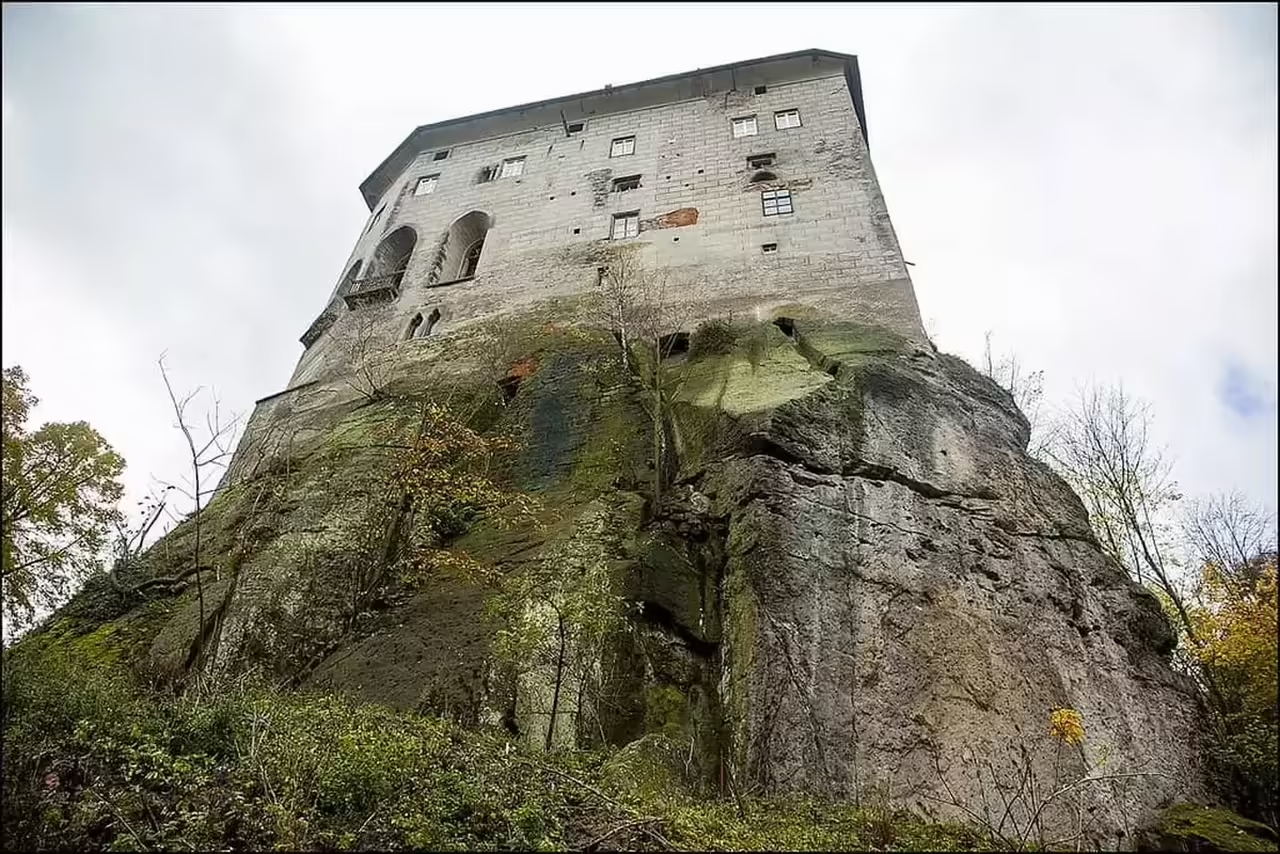
Located in the Czech Republic, north of Prague, Houska Castle has architectural features that make it worthy of much attention, and to know it in depth it is necessary to go back to the time of construction. By the 13th century, perhaps by order of Otakar II of Bohemia (belonging to the Hohenstaufen dynasty and founder of several cities in Bohemia, Moravia and Silesia, but also in Austria and Styria) was that this settlement was designated as a new headquarters for the royal state to work from there.
Over the years, the castle passed through different owners. Nobody understood what made this building so attractive, it was not in the best location, it was not in a border or strategic military point, nor was it close to important resources to protect, such as water.
Before a castle there was a fortification
There are records that during the 9th century, according to Václav Hájek (Czech chronicler and writer) in his Czech Chronicle in 1541, there was a wooden fort in the area. In this fort, according to the Chronicle, the locals said that in a part of the limestone surrounding the building there was a huge crack and that monstrous creatures emerged from it: with demonic wings and animal parts.
At night, these beings tormented the cattle or anyone who appeared in that place. Desperate people tried to close the crack but apparently everything they tried to plug the hole with was absorbed. The fear of those who lived there was so great that they believed that the hole was a door to hell and that is what they began to call it.
A nobleman, leader of the region, anxious to put an end to the rumors of the door to hell, offered several prisoners absolute forgiveness if they would go down the hole and tell what they had seen. The experiment was fatal: when the first prisoner had descended several meters, he began to utter maddening screams, and when he was taken up, the people who were in the place were stunned to see how the prisoner’s hair had turned totally white.
A castle dedicated to God’s commander
For the years between 1270 and 1280 the construction of the castle was carried out, the defense system is directed inward, there is no way to reach the second floor as there are no stairs and many of the windows that are observed are as simple decoration, since there is no room behind them.
The part where the door to hell was located was covered with stone slabs, raising the chapel over the site: there were placed different paintings of the archangel St. Michael, a being that according to Christian traditions faced the devil and emerged triumphant.
However, other macabre paintings can also be seen, such as those of demonic creatures: a very peculiar one is that of a female centaur holding a bow in her left hand, something rare for those times because centaurs were pagan creatures and being left-handed, according to medieval culture, was a sign of being allied with Satan.
Some very illustrious guests
The castle has had some very interesting guests throughout its history. During the 30 Years’ War Houska was empty, but was quickly occupied by a Swedish leader of a band of thieves named Oronto. This convict was said to be a practitioner of black magic, but was still put down by two local hunters who were frustrated by Oronto’s atrocious experiments.
In 1836, the poet Karel Hynek Mácha spent a night in the castle and then wrote a letter to his friend Edward Hindle, in which he told him that during the whole night he had had nightmares in which he descended through the pit and evil reached him.
Already in the twentieth century, during the Second World War, the Nazis inhabited this castle, it is said that more than as a refuge and military point, they used Houska as a headquarters for occult practices taking advantage of the energies that the site possesses. Let’s remember, as we saw in the article Of Monsters, Gods and Demons, that the Nazis had a fascination with occult forces and secret societies. After the war, when they went to check the building they found the corpses of several executed soldiers.
Houska remains a mystery for those who visit it, and sightings of demons are reported every year: women in ancient costumes that walk through the corridors, three-headed dogs that scare the surroundings or a headless horse that roams the woods; the secrets of this building have tried to be revealed by a variety of paranormal researchers, no one has been able to give a concrete answer.
According to the conclusion reached by many, Houska was built following the pattern of Sacred Geometry, that is, they followed a set of geometric figures based on the mathematical and sacred, perhaps to contain a possible gateway to hell.
Architecture and design of Houska Castle
Houska Castle is an early Gothic-style fortress that was built in the second half of the 13th century by order of King Přemysl Ottokar II of Bohemia. It is believed that the castle served as an administrative center for the royal estates in the region, but it is also attributed with a more mysterious function: sealing a well that was considered the entrance to hell.
The castle sits on a rocky cliff in an area of forests, swamps and mountains. It has no water source nearby, except for a cistern to collect rainwater. It also has no kitchen or residential quarters. It is far from the main trade routes and has no strategic or military importance. Its design is peculiar, as it is fortified on the inside rather than the outside, suggesting that its purpose was to protect itself from something coming from the inside.
The chapel is the oldest and most prominent part of the castle. It is built over the supposed infernal well, which according to local legends was so deep that no one could see the bottom. From it came out hybrid creatures between humans and animals, and winged and dark beings flew around it. The chapel has frescoes and murals with images of demonic figures and fantastic animals. It also has a Gothic window with polychrome stained glass.
The castle underwent some Renaissance modifications between 1584 and 1590, but without losing its fortress appearance. In the 18th century it ceased to be a noble residence and deteriorated until it was renovated in 1823. In 1897 it was bought by Princess Hohenlohe and in 1924 by the president of Škoda, Josef Šimonek. During World War II it was occupied by the Nazis, who allegedly conducted occult experiments there.
Today the castle belongs to Šimonek’s descendants and has been open to the public since 1999. Tourists can visit the chapel, the green chamber with late Gothic paintings, the knights’ hall and other outbuildings of the castle.
Houska Castle is a unique and intriguing architectural work that combines Gothic and Renaissance elements with a history full of legends and mysteries.
Symbolism in Houska Castle
The symbolism in Houska Castle can be seen in various elements of its design and decoration. For example, the castle chapel has frescoes depicting biblical scenes and demonic or hybrid figures. Some of these frescoes could be related to the idea of the struggle between good and evil, or to divine protection against infernal forces.
Another symbolic element is the layout of the castle’s fortifications, which are oriented inward rather than outward. This could indicate that the castle was more concerned with containing what was inside the well than with defending itself from possible external attacks. In addition, the castle lacks water sources, kitchen or permanent residence, suggesting that it was not built to be inhabited but to fulfill a specific function: to close the gate to hell.
The castle also has decorative elements that could have a symbolic meaning related to the legend. For example, in one of the rooms there is a portrait of King David playing the harp next to a dog with a human head. This dog could be a reference to the hybrid beings that supposedly came out of the well, or to some kind of guardian or messenger between the two worlds.
Paranormal Research at Houska Castle
According to local folklore, the castle was built over a well that was believed to be the entrance to hell, and that at night creatures hybrid between humans and animals, as well as winged and dark beings, came out of it. The castle was also occupied by the Nazis during World War II, and it is said that they conducted occult experiments on the premises.
Over the years, several paranormal research teams have visited Houska Castle to try to capture evidence of anomalous phenomena. Some of the most notable findings include the following:
In 2006, Ghost Hunters International conducted an investigation at the castle and recorded several electromagnetic anomalies, strange sounds and voices that seemed to answer their questions. They also captured a shadowy figure in a room where a Nazi soldier had supposedly died.
In 2010, the Destination Truth program conducted another investigation at the castle and found traces of human blood on a wall where the Nazis are believed to have tortured their victims. They also recorded a female voice saying “help me” in Czech and a white figure moving down the stairs.
In 2014, the Ghost Adventures program conducted a third investigation at the castle and experienced several paranormal phenomena, including bumps, scratches, sudden temperature changes and sensations of evil presences. They also managed to communicate with a spirit using a Ouija board who told them he was a Nazi soldier named Heinrich.
These are just some of the paranormal investigations that have been conducted at Houska Castle, but there are many more. The castle remains a mysterious and attractive place for lovers of mystery and the unknown. Would you dare to visit it?
